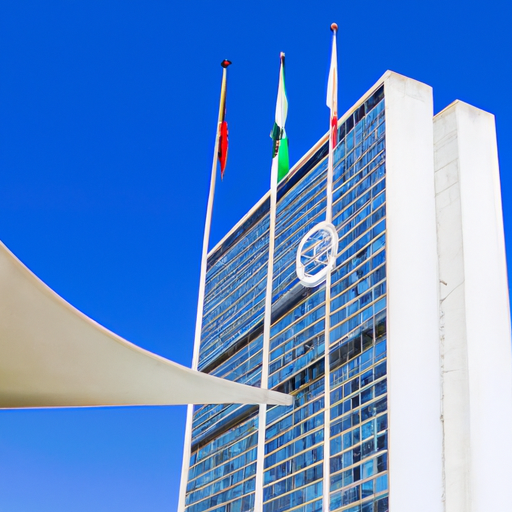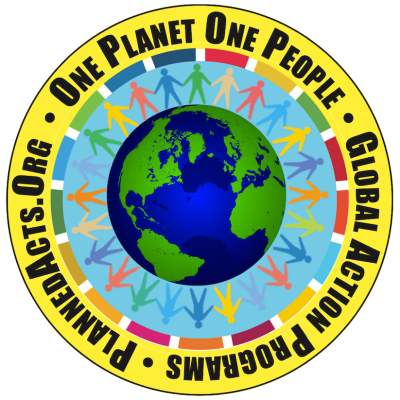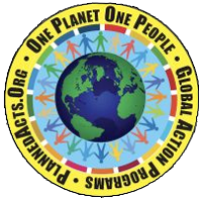

From Vision to Action: Steps to Realizing the U.N. Sustainable Development Goals
Understanding the U.N. Sustainable Development Goals: A Vision for a Better Future
The United Nations Sustainable Development Goals (SDGs) are a set of 17 ambitious targets aimed at addressing the world’s most pressing challenges by 2030. These goals cover a wide range of issues, including poverty eradication, gender equality, climate action, and sustainable cities. They provide a comprehensive framework for governments, businesses, and civil society to work together towards a more sustainable and equitable future.
The SDGs were adopted by all 193 member states of the United Nations in 2015, following the expiration of the Millennium Development Goals. Unlike their predecessors, the SDGs are universal, meaning that they apply to all countries, regardless of their level of development. This recognition of shared responsibility is crucial in tackling global issues that transcend national boundaries.
The SDGs are interconnected and mutually reinforcing, recognizing that progress in one area can have positive impacts on others. For example, improving access to education (Goal 4) can contribute to poverty reduction (Goal 1) and gender equality (Goal 5). By addressing these goals holistically, the SDGs aim to create a more sustainable and inclusive world for all.
Mapping the Path: Key Steps to Translating the Goals into Action
While the SDGs provide a vision for a better future, translating this vision into action requires a clear roadmap. Mapping the path towards achieving the SDGs involves several key steps that governments, businesses, and civil society must take.
Firstly, it is essential to align national policies and strategies with the SDGs. This requires integrating the goals into national development plans and budgets, ensuring that they become a guiding framework for decision-making at all levels. Countries such as Finland and Sweden have been successful in aligning their national strategies with the SDGs, demonstrating the importance of political commitment and leadership.
Secondly, financing the SDGs is crucial for their successful implementation. The estimated annual investment needed to achieve the goals is around $5-7 trillion, far exceeding current levels of funding. Governments must mobilize domestic resources, attract private sector investments, and leverage international assistance to bridge this financing gap. Innovative financing mechanisms, such as impact investing and green bonds, can also play a significant role in funding sustainable development projects.
Lastly, building partnerships and fostering collaboration is essential for effective implementation. The SDGs require collective action, involving governments, businesses, civil society organizations, and individuals. Multi-stakeholder partnerships can leverage the expertise, resources, and networks of different actors to address complex challenges. For instance, the Sustainable Development Solutions Network (SDSN) brings together academia, civil society, and the private sector to support the implementation of the SDGs through research, education, and advocacy.
Mobilizing Stakeholders: Collaborative Efforts for Effective Implementation
The successful implementation of the SDGs relies on the active involvement of stakeholders from all sectors of society. Governments, businesses, civil society organizations, and individuals must come together to mobilize resources, share knowledge, and drive change.
Governments play a crucial role in setting policies, regulations, and incentives that support sustainable development. They must create an enabling environment for businesses to invest in sustainable practices and ensure that the benefits of development reach all segments of society. Governments can also facilitate multi-stakeholder dialogues and partnerships to foster collaboration and collective action.
Businesses have a significant impact on sustainable development through their operations, supply chains, and products. Embracing sustainable business practices can not only contribute to the achievement of the SDGs but also enhance long-term profitability and competitiveness. Companies like Unilever and Patagonia have demonstrated that sustainability can be a driver of innovation and growth, attracting environmentally and socially conscious consumers.
Civil society organizations, including non-governmental organizations (NGOs) and community-based groups, play a vital role in advocating for the SDGs and holding governments and businesses accountable. They can mobilize public support, raise awareness, and monitor progress towards the goals. For example, the Global Goals campaign has engaged millions of people worldwide in promoting the SDGs through social media, events, and grassroots initiatives.
Monitoring Progress: Tracking Achievements and Addressing Challenges in Sustainable Development
Monitoring progress is essential to ensure accountability and identify areas where additional efforts are needed. The SDGs are accompanied by a robust monitoring framework, which includes a set of global indicators to track progress at the national and global levels.
National statistical offices play a crucial role in collecting and analyzing data on the SDG indicators. However, many countries face challenges in data availability, quality, and disaggregation. Strengthening statistical capacities and investing in data collection systems are essential to ensure accurate and timely monitoring of the goals.
In addition to official data, citizen-generated data and new technologies can also contribute to monitoring progress. For instance, mobile phone data can provide insights into population movements and help target interventions in areas with the greatest need. Crowdsourcing platforms, such as U-Report, enable young people to share their opinions and experiences on issues related to the SDGs, providing valuable insights for policymakers.
Monitoring progress is not only about tracking achievements but also addressing challenges and learning from failures. Regular reviews and evaluations can identify bottlenecks, gaps, and best practices, enabling countries to adjust their strategies and policies accordingly. Peer learning and knowledge sharing platforms, such as the SDG Knowledge Hub, facilitate the exchange of experiences and lessons learned among countries and stakeholders.
In conclusion, translating the U.N. Sustainable Development Goals from vision to action requires a comprehensive approach that involves understanding the goals, mapping the path towards implementation, mobilizing stakeholders, and monitoring progress. By aligning national policies, financing sustainable development, fostering collaboration, and tracking achievements, we can work towards a more sustainable and equitable future for all. As former U.N. Secretary-General Ban Ki-moon said, “We don’t have a plan B because there is no planet B.” The SDGs provide a roadmap for a better future, and it is our collective responsibility to turn this vision into reality.

